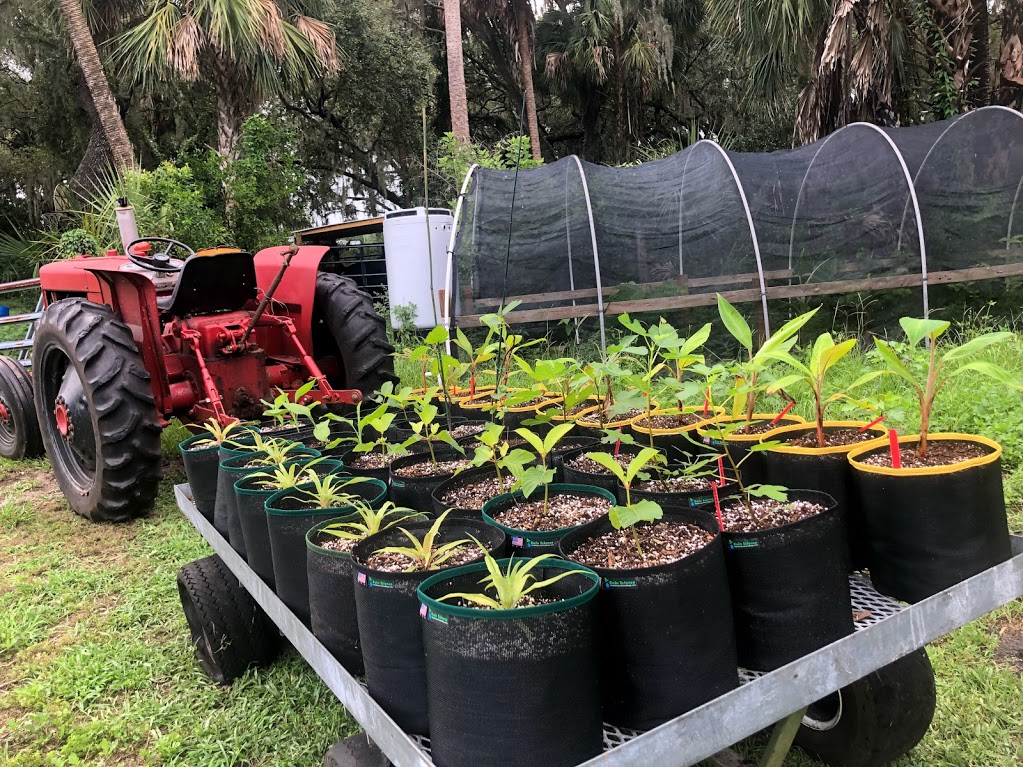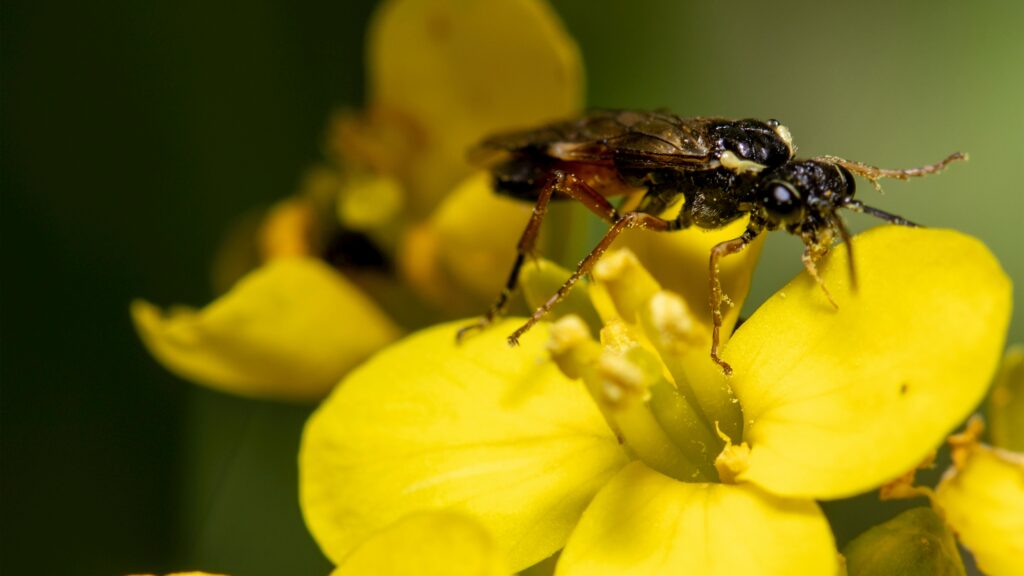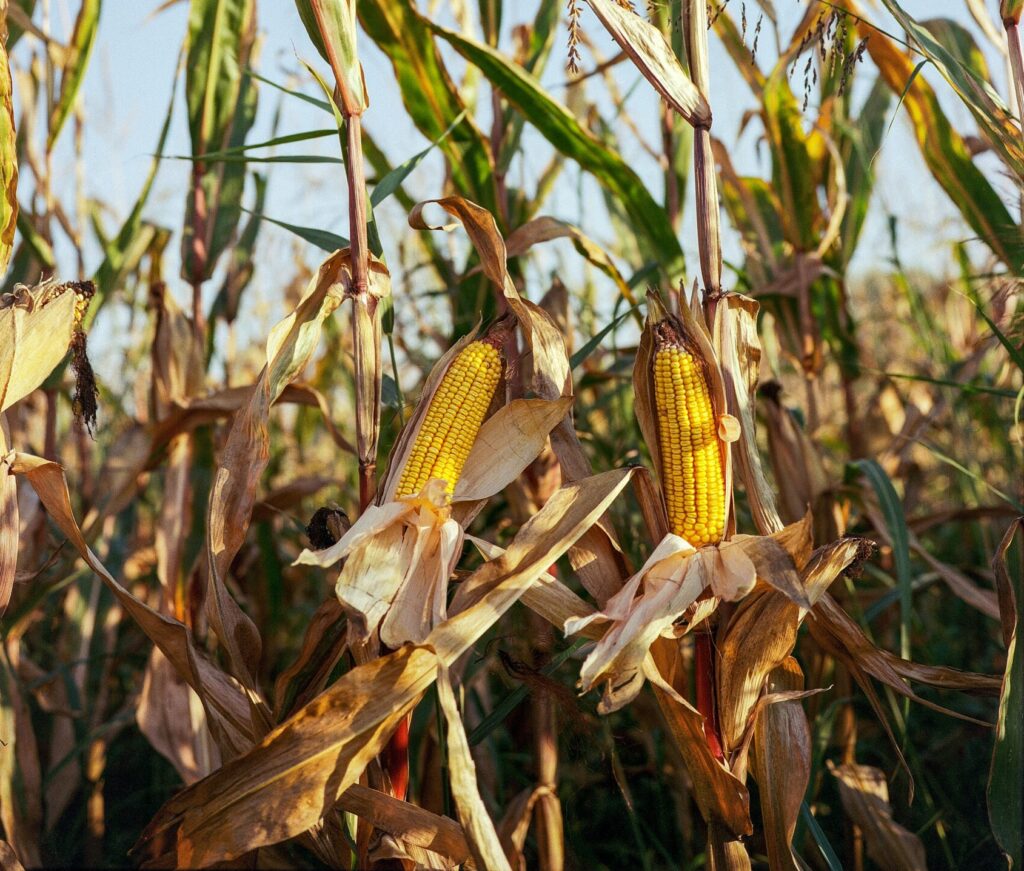Bag gardening is a versatile and space-efficient method that allows you to grow a variety of plants, including vegetables, herbs, and flowers, in small spaces. Whether you have limited garden space, live in an urban environment, or simply want to add greenery to your patio or balcony, bag gardening is an excellent solution. Here’s a step-by-step guide to help you get started:
Choose the Right Bag
- Material: Use durable, breathable bags made of materials like fabric, jute, or heavy-duty plastic. Fabric grow bags are ideal as they provide good drainage and allow air circulation to the roots.
- Size: Select a bag size that suits the type of plants you want to grow. Smaller bags (3-5 gallons) are perfect for herbs and leafy greens, while larger bags (10-20 gallons) are better for root vegetables and larger plants like tomatoes or peppers.
Prepare the Soil
- Soil Mix: Use a high-quality potting mix that is light, well-draining, and rich in organic matter. You can enhance the mix with compost, perlite, or vermiculite to improve moisture retention and aeration.
- Fertilization: Mix in a slow-release, balanced fertilizer before planting to ensure your plants get the nutrients they need. Organic fertilizers like compost or worm castings are great choices.
Fill the Bag

- Partial Filling: Fill the bag about halfway with your prepared soil mix. This will allow you to adjust the soil level as you plant.
- Planting Depth: Place your plants or seeds in the soil, ensuring they are at the appropriate depth. For seedlings, the soil should cover the root ball, while seeds should be planted according to their specific depth requirements.
- Top Off: Once the plants are in place, add more soil around them, leaving a few inches at the top of the bag to prevent soil from spilling out when watering.
Plant Selection
- Compact Varieties: Choose compact or dwarf varieties of plants that thrive in containers, such as bush beans, cherry tomatoes, lettuce, spinach, and herbs like basil, mint, and thyme.
- Companion Planting: Consider companion planting by placing compatible plants together in one bag. For example, you can pair basil with tomatoes or grow leafy greens alongside radishes.
Watering and Maintenance
- Watering: Water the bags thoroughly after planting. Depending on the weather and the type of plant, watering may be required once or twice daily, especially in hot climates. Ensure the water reaches the bottom of the bag, but avoid waterlogging.
- Mulching: Apply a thin layer of mulch on top of the soil to retain moisture, regulate temperature, and reduce weed growth.
- Pruning and Support: Prune plants as needed to encourage healthy growth. Use stakes or small trellises in the bag for plants that need support, such as tomatoes or climbing beans.
Placement and Light

- Sunlight: Place your bags in an area that receives the appropriate amount of sunlight for the plants you are growing. Most vegetables require at least 6 hours of direct sunlight daily, while some herbs and leafy greens can tolerate partial shade.
- Mobility: One advantage of bag gardening is that you can easily move the bags to capture the best light or protect the plants from harsh weather conditions.
Harvesting
- Timely Harvesting: Harvest your crops when they are ripe and ready. Frequent harvesting, especially of herbs and leafy greens, encourages continued growth and productivity.
- Bag Reuse: After the growing season, empty the soil from the bag, clean it, and store it for future use. The soil can be rejuvenated with compost and used for the next planting.

Benefits of Bag Gardening
- Space-Saving: Ideal for small spaces like balconies, patios, or even indoor areas with sufficient light.
- Portability: Bags can be easily moved to follow the sun or protect from adverse weather.
- Pest Control: rowing plants in bags can reduce the risk of soil-borne diseases and pests.
- Flexibility: You can grow a wide variety of plants, and bags can be placed almost anywhere.
Bag gardening is a practical and enjoyable way to grow your own fresh produce, flowers, or herbs, regardless of the size of your gardening space. With the right preparation and care, you can enjoy a thriving garden in the convenience of a bag.
















